Best Squat Exercises for Weight Gain & Muscle Mass
If you could only do one lower-body exercise for the rest of your life, squats should be it. Whether you’re lifting heavy with a barbell or mastering your form with bodyweight, squats are widely regarded as the king of all muscle-building exercises—and for good reason.
From elite athletes to complete beginners, squats play a central role in building muscle, increasing strength, and boosting athletic performance. In this guide, we’ll break down how squats (barbell or bodyweight) target your quads, hamstrings, glutes, and core, and why they belong in every serious workout plan.
Muscle Groups Targeted by Squats
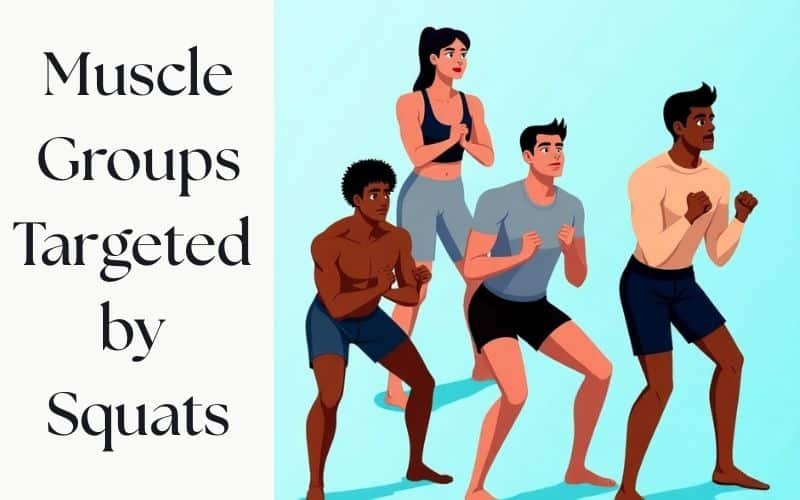
Squats are a compound movement, meaning they work multiple major muscle groups at once. This is what makes them so powerful for both muscle growth and functional strength.
Quadriceps (Front of Thigh)
The quads are the primary movers during the ascent of the squat. Barbell back squats especially load the quadriceps under tension, stimulating hypertrophy and strength.
Hamstrings (Back of Thigh)
Although they’re not the primary movers, the hamstrings stabilize the knee joint and hip throughout the lift—especially during the eccentric (lowering) phase.
Glutes (Buttocks)
Your gluteus maximus, the largest muscle in your body, plays a major role in hip extension at the top of the squat. Deep squats (hip below knee) significantly increase glute activation.
Core (Stabilizers)
Squats—particularly barbell variations—require a tight braced core to maintain spinal integrity. This builds deep core strength including your transverse abdominis, obliques, and erector spinae.
How to Perform Squats (Barbell or Bodyweight) with Proper Form
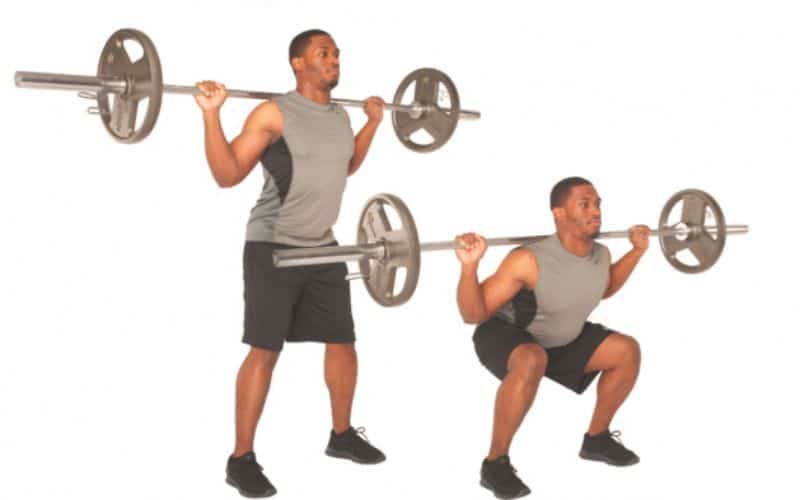
Whether you’re doing bodyweight squats at home or loading up a barbell at the gym, proper squat form is essential for muscle activation, safety, and long-term progress. Here’s a step-by-step guide to executing squats with perfect technique:
🧍 Bodyweight Squat: Step-by-Step Guide
- Start Position
- Stand tall with feet shoulder-width apart
- Toes slightly turned out (10–20 degrees)
- Keep arms extended in front or placed at chest level for balance
- Stand tall with feet shoulder-width apart
- Descent (Eccentric Phase)
- Initiate movement by pushing hips back and bending your knees
- Keep chest upright and spine neutral
- Lower down until thighs are at least parallel to the ground or deeper if mobility allows
- Initiate movement by pushing hips back and bending your knees
- Bottom Position
- Knees aligned with toes, not caving inward
- Weight should be balanced midfoot to heel—not on toes
- Core engaged, back flat
- Knees aligned with toes, not caving inward
- Ascent (Concentric Phase)
- Push through heels, driving knees out
- Extend hips and knees simultaneously
- Return to standing without locking the knees hard at the top
- Push through heels, driving knees out
🏋️ Barbell Back Squat: Step-by-Step Guide
- Set Up Under the Bar
- Position barbell on your trapezius muscles (high bar) or rear delts (low bar)
- Grip the bar just outside shoulder-width, elbows down and back
- Step back from the rack with feet shoulder-width apart
- Position barbell on your trapezius muscles (high bar) or rear delts (low bar)
- Brace Your Core
- Take a deep breath into your belly (diaphragmatic breathing)
- Tighten your core and glutes before descending
- Take a deep breath into your belly (diaphragmatic breathing)
- Controlled Descent
- Break at the hips and knees simultaneously
- Lower to parallel or just below while maintaining an upright chest
- Break at the hips and knees simultaneously
- Drive Up
- Push the floor away through your heels
- Maintain tension in the core and glutes
- Exhale at the top once the lift is complete
- Push the floor away through your heels
Key Squat Form Cues to Remember:
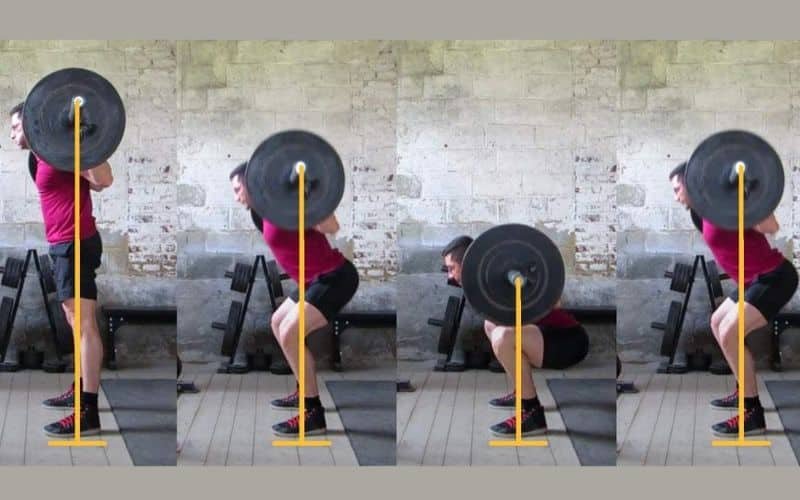
- “Knees out” – Prevents valgus collapse and activates glutes
- “Chest up, back flat” – Keeps your spine neutral and safe
- “Push through heels” – Maximizes quad and glute engagement
- “Brace the core” – Protects your lower back and builds strength
Bonus: Squat Depth and Safety
- Aim for at least parallel depth (hip crease below the knees) unless mobility or injury restricts you.
- Use spotter arms or a power rack when squatting heavy.
- Consider weightlifting shoes or flat soles (like Converse) for better stability depending on ankle mobility.
Proper squat technique not only boosts your gains but also helps prevent injuries and develop true functional strength. Before increasing load, master the form—especially in the bodyweight and goblet phases.
Barbell Squats vs Bodyweight Squats
Both barbell and bodyweight squats offer valuable training outcomes. The choice depends on your experience level, goals, and access to equipment.
Barbell Squats
- Pros: Heavy resistance → more muscle stimulation
- Best For: Muscle mass, max strength, progressive overload
- Requirements: Proper form, mobility, rack access
Bodyweight Squats
- Pros: Accessible anywhere, great for beginners and mobility work
- Best For: Conditioning, muscle endurance, rehab or warm-ups
- Limitations: Hard to progressively overload without added resistance
Progression Path:
- Bodyweight → Goblet Squats → Front/Back Barbell Squats
Key Form Cues (For Both):
- Keep chest up and spine neutral
- Drive knees outward, not inward
- Descend until thighs are parallel or below
- Heels stay flat on the floor
- Engage core and glutes throughout
Benefits of Squats for Muscle Gain & Strength
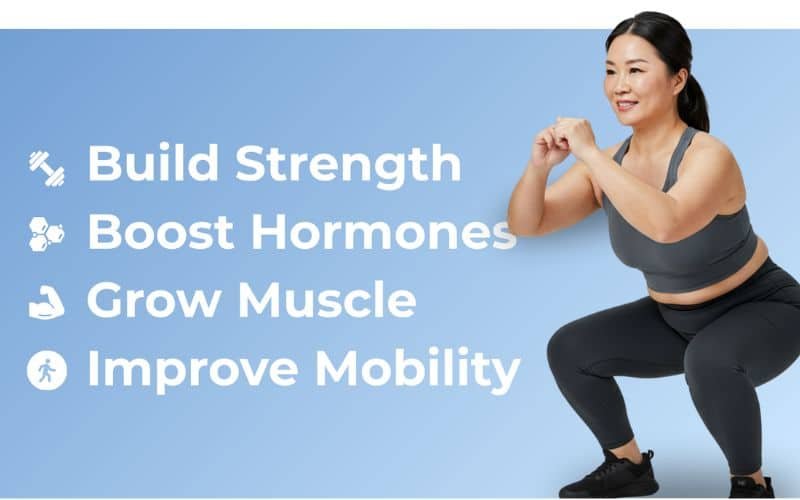
Squats don’t just build muscle—they optimize your entire hormonal and metabolic profile.
Hormonal Boost
- Increases testosterone and growth hormone naturally
- Stimulates systemic muscle growth beyond the legs
Caloric Burn
- Squats burn more calories than most isolation exercises
- Promotes lean muscle mass and metabolic health
Functional Strength
- Improves jumping, running, and lifting performance
- Enhances stability and coordination across sports
Common Mistakes and How to Fix Them
Even experienced lifters can fall into poor squat patterns. Here’s how to correct them:
1.Mistake: Rounding the Lower Back
- Fix: Improve hip mobility and brace core with diaphragmatic breathing
2.Mistake: Knees Cave In
- Fix: Strengthen glutes and cue “push knees out” during ascent
3.Mistake: Not Squatting Deep Enough
- Fix: Increase ankle and hip mobility; practice goblet squats for depth
Mobility Drills:
- Deep squat holds
- Hip openers (90/90 stretch)
- Ankle dorsiflexion exercises
Squat Variations and When to Use Them
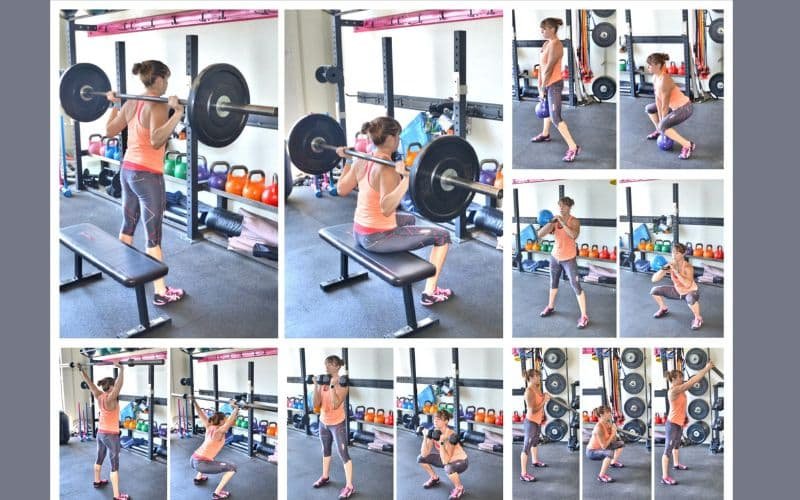
Each variation has a purpose, whether it’s improving form, building volume, or addressing imbalances.
Barbell Front Squat
- Shifts focus to quads and upper back
- Ideal for posture and Olympic-style lifters
Goblet Squat
- Great for beginners or warm-ups
- Improves depth and core engagement
Bulgarian Split Squat
- Emphasizes single-leg stability and glute isolation
Pistol Squat (Single-Leg)
- Builds balance, ankle mobility, and eccentric strength
- Progression: Box-assisted → Partial → Full depth
Summary:
| Variation | Best For |
| Back Squat | Mass, Strength |
| Front Squat | Quad Focus, Posture |
| Goblet Squat | Beginners, Mobility |
| Bulgarian Split Squat | Glutes, Balance, Hypertrophy |
| Pistol Squat | Control, Bodyweight Challenge |
Programming Tips for Mass and Performance
To gain size and strength, squats should be programmed strategically based on training goals.
Weekly Frequency:
- Beginners: 2x/week
- Intermediates: 2–3x/week with variation
Volume Guidelines:
- Hypertrophy (Muscle Gain):
- 3–5 sets of 8–12 reps
- 3–5 sets of 8–12 reps
- Strength:
- 4–6 sets of 3–6 reps (heavier loads)
- 4–6 sets of 3–6 reps (heavier loads)
- Endurance or Bodyweight:
- 3–4 sets of 15–20 reps
- 3–4 sets of 15–20 reps
🧪 Sample Squat Workout (Intermediate):
Day 1 – Strength Focus:
- Barbell Back Squat – 5×5
- Romanian Deadlift – 4×8
- Weighted Lunges – 3×10/leg
Day 2 – Volume & Mobility:
- Front Squat – 4×8
- Goblet Squats – 3×12
- Bulgarian Split Squats – 3×10/leg
- Deep Squat Holds – 3×30 sec
Conclusion
Squats—whether barbell or bodyweight—are unmatched in their ability to target the quads, hamstrings, glutes, and core. Their compound nature, muscle-building potential, and carryover to real-life strength make them the undisputed king of all muscle-building exercises.
Whether you’re just starting with bodyweight or hitting triple-digit numbers under a barbell, one thing is clear: your fitness journey is incomplete without squats.
- Master your form
- Progress gradually
- Embrace the challenge
Your legs—and your entire body—will thank you.

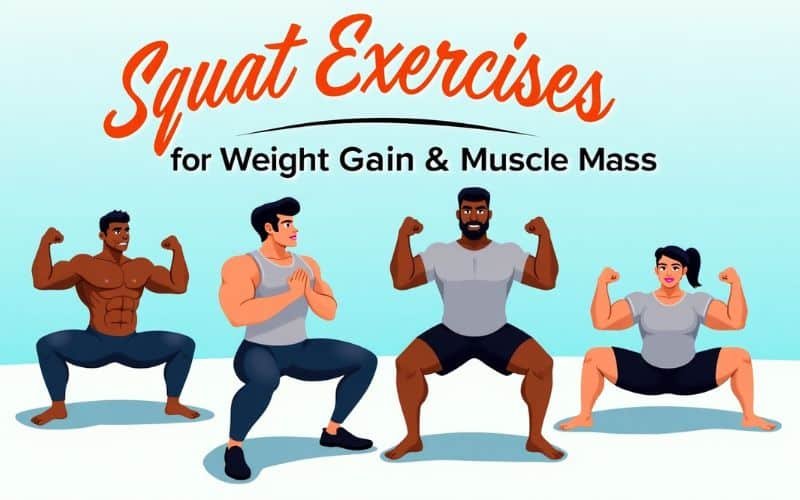

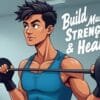





Add comment
You must be logged in to post a comment.